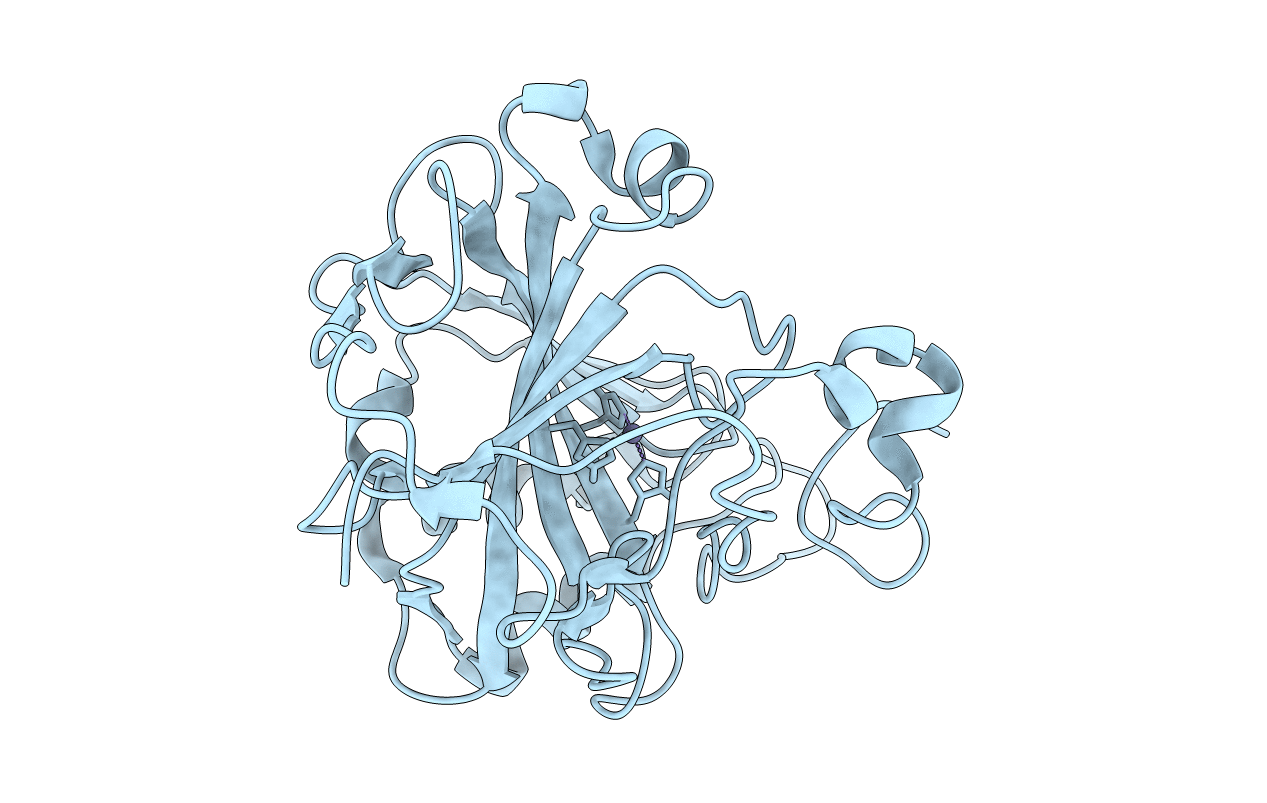
Deposition Date
2015-02-06
Release Date
2015-04-22
Last Version Date
2024-01-10
Entry Detail
PDB ID:
4Y0J
Keywords:
Title:
H/D exchanged human carbonic anhydrase II pH 6 room temperature neutron crystal structure.
Biological Source:
Source Organism:
Homo sapiens (Taxon ID: 9606)
Host Organism:
Method Details:
Experimental Method:
Resolution:
2.00 Å
R-Value Free:
0.29
R-Value Work:
0.26
Space Group:
P 1 21 1


